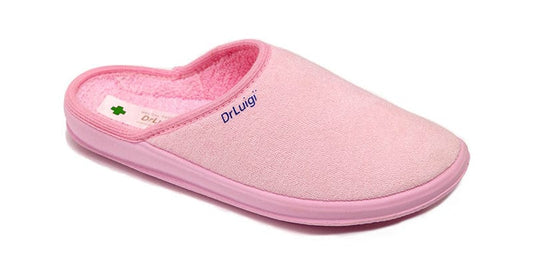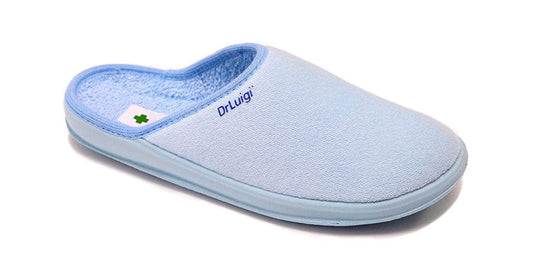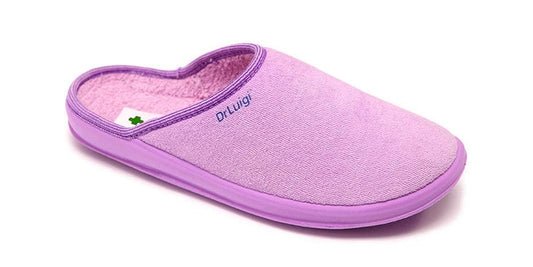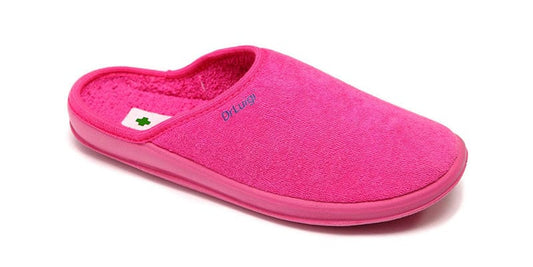What is the difference between Achilles tendonitis and tendinitis?
A chronically inflamed tendon is known as Achilles tendinitis. Tendinosis is a complication of overexertion. The accumulated micro-damage obtained, for example, when executing the same steady movements, sudden jerky movements… contributes to its development. Playing athletics increases your chances of developing Achilles tendon tendonosis. The Achilles tendon is inflamed and causes pain, which is commonly referred to as the “Achilles heel.” The Achilles’ heel is a well-known legend. The hero Achilles, according to tradition, had no vulnerable body parts except his heel. Achilles’ heel was not dipped into the Styx River when his mother bathed him in the river after which he was to become eternal. Achilles’ heel remained the only portion of his body that could be injured. In a figurative sense, the word Achilles heel denotes weakness despite strength, as tendon injuries are highly prevalent, even though it is the strongest tendon in the body.
Tendinosis can be classified into the following categories based on where it originated:
- Tendon injury at the muscle-tendon transition location is known as myotendinosis.
- Tendinosis of the heel bone is also known as Haglund’s disease, and it is caused by a protrusion on the heel bone (calcaneus).
- The most prevalent sort of alteration is along the tendon itself.

Tendinitis, unlike Achilles tendonitis, is an acute, inflammatory injury that affects athletes the most. Achilles tendon injuries are common in sports that involve a quick change of direction, such as 100-meter runners. Tendinitis can also occur because of stumbling or reflex running, such as when crossing a fast, unexpected road.
Tendon tendonosis can be caused by a variety of factors.
Tendonitis is linked to long-term injury caused by jogging, unexpected movements, and insufficient exercise… In addition to these well-known causes, Achilles tendinitis can be caused by:
Lowered foot (pes valgus) – the tendon is constantly stretched towards the medial side of the foot because the heel is in the valgus position. Lowered feet are caused by a deformation of the arches of the feet, causing the entire sole to contact the ground. Consider quality medical footwear like DrLuigi, which supports the arches of the feet and follows their anatomical structure.
Sporting activities – Achilles tendinitis is significantly more common in athletes, especially in sports that involve quick movement. Short-distance runners are one example, although injuries can occur in any sport that requires running (football, handball, etc.).
Aging – As we become older, our tissues lose their suppleness. The tendon becomes brittle and inelastic when wrinkles emerge on the skin of the face and the skin relaxes. As a result, elderly persons are more likely to develop Achilles tendon tendonosis, particularly if they move quickly and unpredictably.
Exercises
We employ eccentric strengthening exercises and muscle stretching activities to relieve the symptoms of Achilles tendon tendinitis. Follow the instructions below to complete the exercises.
Stretching exercises for the Achilles tendon
Place your hands at eye level on the wall. Instead of a wall, a chair can be used. Step forward with one leg while bending the other at the knee. Stick to the wall by standing on your toes with your leg straight. Lift yourself until you feel a slight stretch in the tendon, but not so much that it hurts. Each time you lift your toes, repeat the exercise five times, holding each posture for 30 seconds each time.
Lifting the toes to stretch the tendon – face the wall with your hands against the wall. Get up on your toes with both feet and hold that position for a few moments. Return to the starting position after 30 seconds and repeat the workout 15 to 20 times more.
What are the options for treating Achilles tendon tendinosis?
If the Achilles tendon has ruptured, surgical therapy is the only option. If you have tendinosis, on the other hand, you can still be treated with conservative non-surgical approaches. The following are some examples of non-surgical treatments:
Rest – If discomfort occurs when participating in sports, it is recommended that you stop doing so. Swimming, on the other hand, is not forbidden because it does not put a strain on the tendon.
Non-steroidal anti-inflammatory medicines (NSAIDs) as paracetamol, ibuprofen, and ketoprofen can be acquired without consulting a doctor. It will help to reduce inflammation and soreness. Medications are not a cure-all, although they can be extremely helpful in the case of acute pain.
Cold compresses or ice can help relieve acute acute discomfort. Ice should not be applied directly to the skin since it can cause inflammation. Keep the ice wrapped in a cloth in the hurting place. Ice contains antiedematous (swelling-prevention) and analgesic properties.
Achilles tendinitis, unfortunately, takes a long time to heal. Even with these treatments, pain can linger up to 12 weeks, and if it does not go away after 6 months, surgical surgery should be considered.
Orthotic insoles and footwear
Footwear and orthopedic insoles are particularly important in preventing Achilles tendon injury. Orthopedic insoles can be custom-made in a specific workshop or purchased at a pharmacy based on your foot measurements. Individual insoles made of leather and natural materials avoid excessive sweating and, as a result, side effects like fungal infections. Orthopedic insoles with a slightly elevated heel (approximately 2 cm) and a soft back in the shape of a heel pad are used to treat Achilles heel troubles.
DrLuigi shoes can be customized to the patient’s specifications. A three-dimensional scanner is used to do 3d foot diagnostics in collaboration with the Institute of Interdisciplinary Technologies. It is possible to make footwear that is elevated exactly as desired by the patient based on the data acquired by scanning the feet. If you just have a difficulty with the grip of the Achilles tendon on your left foot, for example, you can build shoes with a 2 cm elevation on the left foot and no elevation on the other. DrLuigi takes an individual approach to each person, and in addition to the aforesaid benefits, the wonderful natural materials from which the shoes are constructed are worth mentioning. The shoes have a good breadth, are comfortable, and have a lot of functionality. Walking activates all the sole muscles since the polyurethane base is flexible and malleable.

Operation
The patient is referred for surgical therapy after a half-year of ineffective conservative treatment. The tendon is shifted from the thumb to the lower leg if more than half of the tendon tissue is destroyed. Surgical techniques have been developed to the point that the patient has no functional loss following surgery.
Cleaning (debridement of the tendon) is performed if the injury only affects half of the tendon.
The gastrocnemius muscle is lengthened, the tendon from the thumb is transferred, and the tendon is debrided during surgery…
The time it takes for athletes to return to training as intensely as they were before surgery varies on the amount of the damage, and it can take up to a year. Patients usually resume normal activity after a few months.





